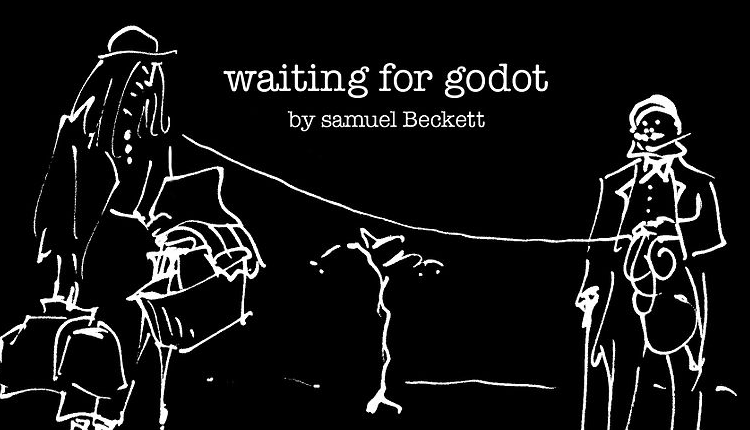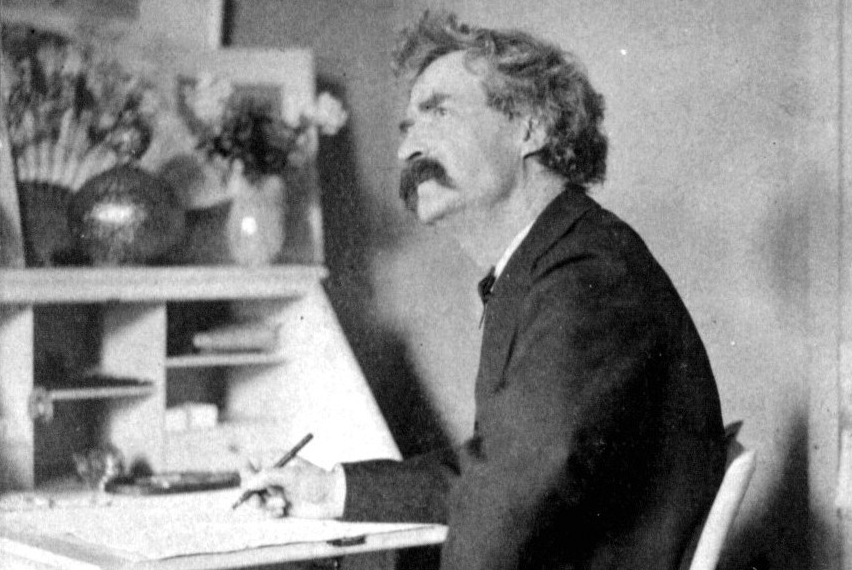The great 18th century writer Dr. Samuel Johnson, who suffered from severe bouts of depression, said “the only end of writing is to enable the reader better to enjoy life or better to endure it.”
So…is it true? Can a poem help you cope with grief? Can a sonnet stir your soul to hope?
The University of Warwick have teamed up with some famous faces, and a team of doctors to tackle these questions and others like them, in a free online course on FutureLearn.
Poets, writers and actors like Stephen Fry, Ian McKellen, Melvyn Bragg, Mark Haddon (The Curious Incident of the Dog in the Night Time), Ben Okri (The Famished Road), Rachel Kelly (Black Rainbow) and others, will discuss their own work and the work of famous writers like Austen, Shakespeare and Wordsworth — exploring how they can impact mental health and why works of writing are so often turned to in times of crisis.
Here’s Stephen Fry on the pleasure of poetry:
Plus throughout the 6‑week course doctors will offer a medical perspective, giving an insight into different mental health conditions.
The course is offered through FutureLearn which means it’s broken into chunks — so you can do it step by step. FutureLearn also features lots of discussion so you can share your ideas with other learners, which often can be as beneficial as the course material (as one previous learner put it “a really wonderful experience and I’ve loved the feedback and comments from fellow course members”).
Here’s a runthrough of what’s on the syllabus. The course focuses on six themes:
- Stress: In poetry, the word “stress” refers to the emphasis of certain syllables in a poem’s metre. How might the metrical “stresses” of poetry help us to cope with the mental and emotional stresses of modern life?
- Heartbreak: Is heartbreak a medical condition? What can Sidney’s sonnets and Austen’s Sense and Sensibility teach us about suffering and recovering from a broken heart?
- Bereavement: The psychologist Elisabeth Kübler-Ross famously proposed that there are five stages of grief. How might Shakespeare’s Hamlet and poems by Wordsworth and Hardy help us to think differently about the process of grieving?
- Trauma: PTSD or “shellshock” has long been associated with the traumatic experiences of soldiers in World War 1. How is the condition depicted in war poetry of the era? Can poems and plays offer us an insight into other sources of trauma, including miscarriage and assault?
- Depression and Bipolar: The writer Rachel Kelly subtitles her memoir Black Rainbow “how words healed me – my journey through depression”. Which texts have people turned to during periods of depression, and why? What can we learn from literature about the links between bipolar disorder and creativity?
- Ageing and Dementia: One of the greatest studies of ageing in English Literature is Shakespeare’s King Lear. Is it helpful to think about this play in the context of dementia? Why are sufferers of age-related memory loss often still able to recall the poems they have learned “by heart”?
Start the course for free today.
Jess Weeks is a copywriter at FutureLearn. The one poem which helps her endure is The Orange by Wendy Cope.
Related Content:
Book Readers Live Longer Lives, According to New Study from Yale University



